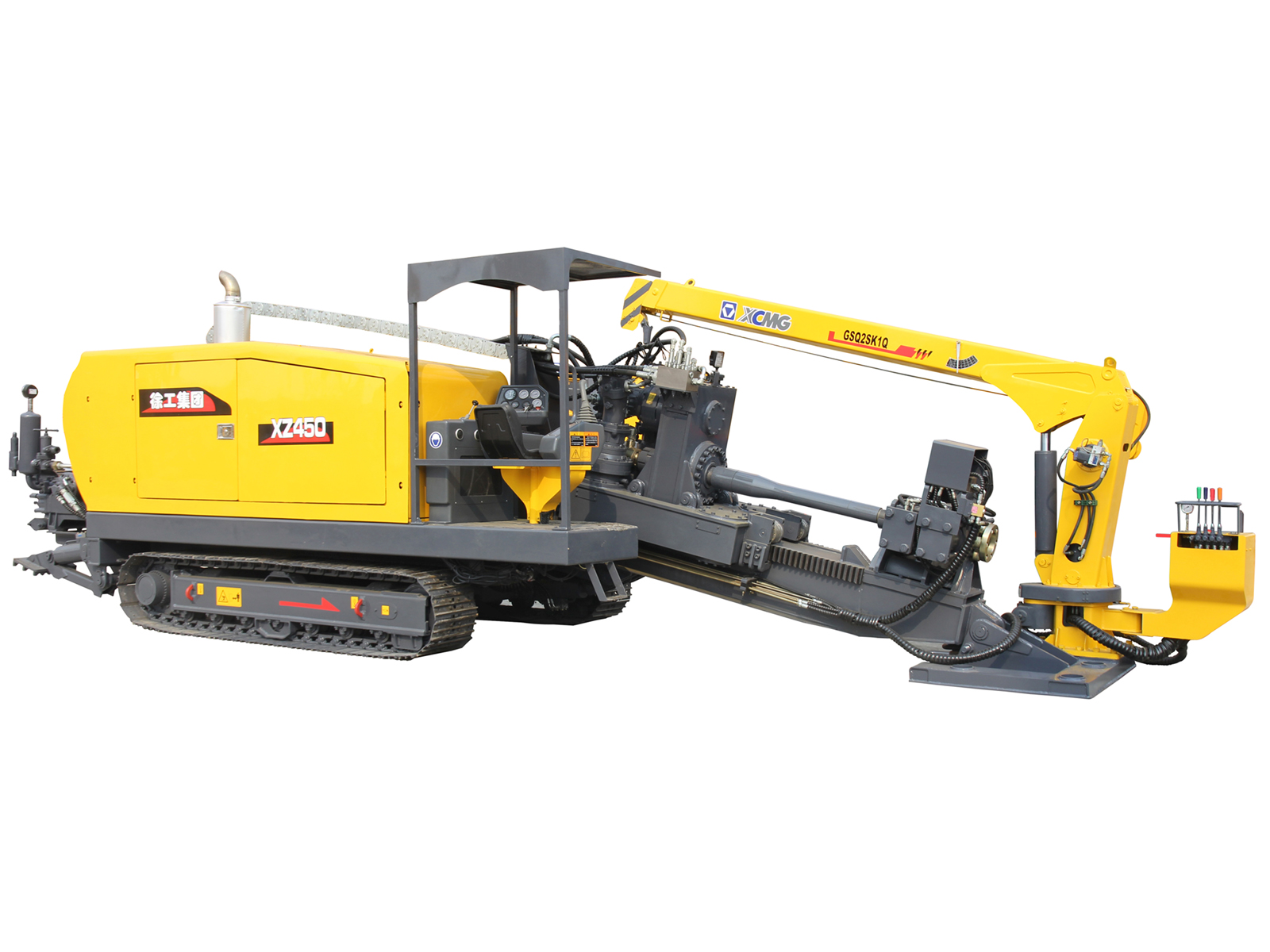In today's swift world, optimized construction methods are ever important than before, notably when it comes to installing infrastructure such as water and sewer lines or fiber optic cables. Horizontal, or HDD, represents a transformative technology that minimizes disturbance while providing considerable time and cost savings. This advanced approach to drilling enables the installation of utilities beneath the surface without the need for costly and labor-intensive trenching, making it an ideal solution for urban and environmentally sensitive areas.
As we delve into the details of HDD, we will review how it functions, its advantages over traditional trenching methods, and its role in crafting the future of infrastructure development. From navigating complex terrain to adhering to strict environmental regulations, HDD has proven itself as a reliable method for utility installation that not only fulfills the demands of modern projects but also supports sustainability efforts. Whether you're a builder or just curious about the latest trends in construction technology, comprehending the advantages of HDD can help you make wise decisions for your upcoming project.
Grasping Horizontal Directional Drilling
Horizontal Course Boring, frequently called horizontal directional drilling, constitutes a complex non-invasive building method used to place subsurface utilities without the need for conventional digging methods. This technique facilitates the installation of pipelines, wires, and conduits in a horizontal orientation, which enables construction endeavors to continue with little surface disruption. The HDD method starts with forming a initial hole, which is then broadened to accommodate the service being installed. This method is notably beneficial in city regions where space is limited and minimizing ground disturbance is vital.
The horizontal directional drilling technique operates using specialized tools, including a rig which guides the drill bit as it moves underground. To start, a pilot bore is created using a guided instrument, usually equipped with a positioning system to ensure precision. Once the pilot hole arrives at the intended endpoint, the hole is enlarged to a bigger size, allowing the service to be pulled through. Horizontal Directional Drilling Bangor Northern Ireland is not only efficient but also reduces the need for extensive planning usually linked with traditional methods, such as digging and ground restoration.
HDD represents a significant advancement in building methods, offering several advantages over traditional trenching. It is engineered to traverse obstacles and complex landscapes, such as rocky soil, urban infrastructure, and bodies of water. This method reduces ecological effects and reduces the potential for disruptions, making it a favored option in a wide range of utility installation initiatives. While innovation progresses to advance, horizontal directional drilling will stay at the leading edge of the drive for sustainable and effective infrastructure growth.
Advantages of HDD in Infrastructure Projects
HDD (HDD) offers considerable advantages for infrastructure projects, particularly in metropolitan areas where traditional trenching methods can be highly disruptive. One key benefit is the minimization of ground disturbance and restoration costs. HDD allows for the installation of utilities such as water, wastewater, and communication cables without the need for large-scale digging, protecting roadways and surroundings. This is particularly crucial in highly populated areas where traffic congestion and community impact can lead to extended project timelines and costs.
Another important advantage is the capability to navigate complex terrain. HDD methods enables engineers to drill beneath obstacles like highways, water bodies, and buildings with precision. This feature minimizes the need for alternative routes or extensive rerouting of existing infrastructure, saving both time and financial resources. Project managers can organize installations more effectively by leveraging the versatility of HDD, allowing for more seamless execution of essential infrastructure improvements.
Lastly, HDD significantly enhances safety and minimizes impact on the environment. The methodology reduces the risk of accidents associated with open excavation sites and limits the environmental footprint of construction activities. By preserving natural habitats and minimizing soil erosion, HDD aligns with modern sustainability practices, making it an excellent choice for infrastructure projects in sensitive areas. These advantages highlight the increasing preference for HDD in infrastructure development, as it not only saves time and money but also supports responsible project planning.
The Future and Innovations in HDD
As the need for advanced infrastructure alternatives increases, the future of Horizontal Directional Drilling (HDD) appears favorable, driven by technological advancements and an growing emphasis on sustainability. Companies are pouring resources in new drilling technologies and equipment designed to improve the effectiveness and precision of HDD operations. Technological advancements such as robotic systems and automated drilling mechanisms are being investigated to reduce labor costs and personnel error, while also boosting productivity levels. The inclusion of artificial intelligence and machine learning allows operators to better forecast soil conditions and adjust in the moment, improving overall job site effectiveness.
Environmental considerations are shaping the future of HDD as well. With ongoing concerns about environmental impact, companies are focusing on creating eco-conscious drilling fluids and methods that reduce disruption to surrounding ecosystems. There is also an focus on using HDD for sustainable energy infrastructure, such as solar and alternative energy initiatives, which highlights a shift towards sustainable methods in construction and service installation. This approach not only reduces the carbon footprint of projects but also opens new markets for HDD technologies as they align with global eco-friendly objectives.
Looking ahead, the focus on city growth and the complexities of modern urban infrastructure will further fuel the growth of HDD. Urban settings present unique challenges, including constrained space and current systems. Innovations in GPS and live monitoring will enhance the precision of HDD operations, allowing for more effective navigation around obstacles. Moreover, as laws around construction practices continue to evolve, HDD will probably become a preferred approach for utility setup, guaranteeing tasks are finished efficiently while adhering to environmental and safety regulations.

